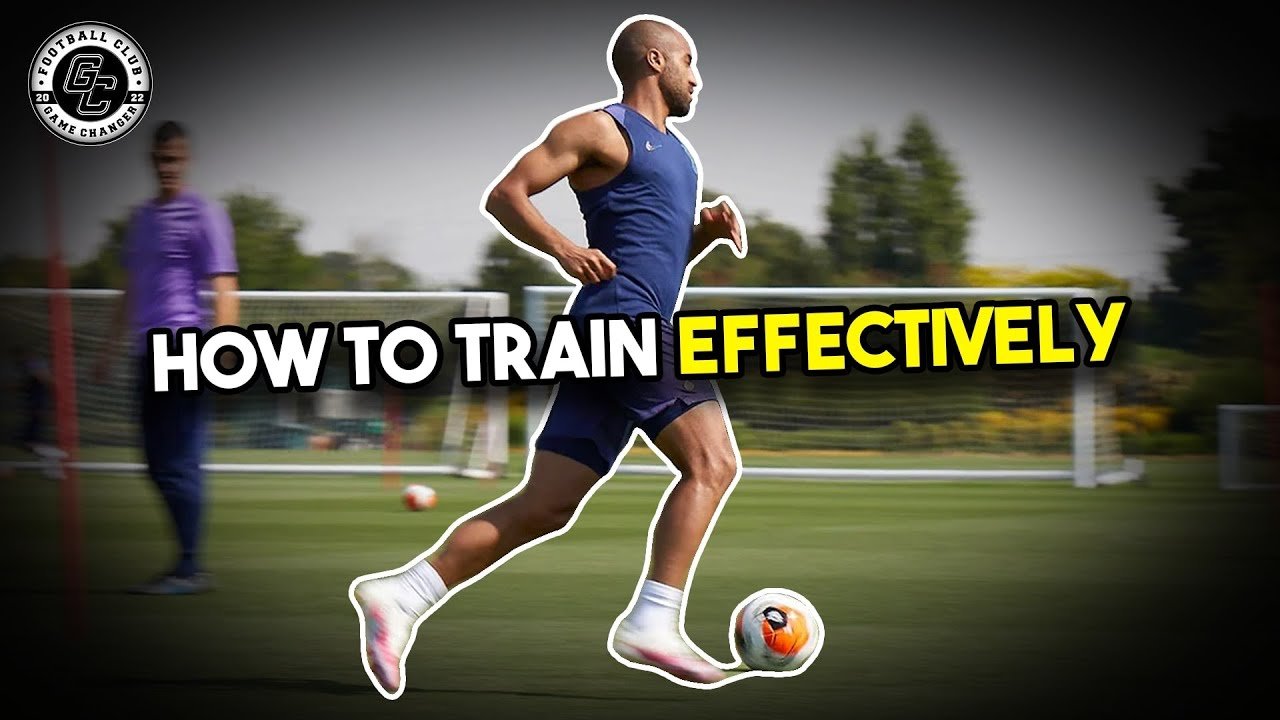Coordination and Functional Training for Soccer Players
Balance and coordination are essential skills for soccer players, as they contribute to precise movements, agility, and overall performance on the field. However, it is crucial to approach training these skills in a functional and game-specific manner rather than relying solely on traditional methods, such as balancing on a Bosu ball in the gym. In this blog post, we will explore the importance of balance and coordination for soccer players and highlight the effectiveness of functional training exercises that mimic in-game movements. By integrating functional strength and movement patterns into training, players can enhance their overall performance and reduce the risk of injuries.
The Importance of Balance and Coordination
Balance and coordination are foundational skills that enable soccer players to maintain stability, control their movements, and execute precise actions on the field. These skills contribute to agility, quick direction changes, accurate passing, and efficient shooting. Improved balance and coordination also enhance body awareness, proprioception, and the ability to respond to dynamic game situations effectively.
The Limitations of Traditional Balance Training
While traditional balance training exercises, such as standing on unstable surfaces or using balance boards, have their place in rehabilitation settings, they may not translate optimally to the soccer field. Soccer is a dynamic sport that requires players to perform a wide range of movements, including running, jumping, cutting, and kicking. Simply practicing static balance on a Bosu ball or stability disc does not fully prepare the body for the specific demands of the game.
Functional Training: Bridging the Gap
Functional training focuses on replicating the movements and demands of a specific activity or sport. In the context of soccer, functional training exercises mimic in-game movements and incorporate balance and coordination components. By integrating functional training into soccer practice, players can better prepare their bodies for the challenges they will face during matches.
Examples of Functional Training Exercises
a. Single-Leg Stability Exercises: Single-leg balance exercises, such as single-leg squats, lunges, and hops, challenge stability, and balance while mimicking movements performed on the field. These exercises engage multiple muscle groups simultaneously, improving proprioception and neuromuscular control.
b. Agility Ladder Drills: Agility ladder drills enhance coordination, footwork, and quickness. Players can perform ladder exercises that involve lateral movements, quick changes of direction, and precise foot placements. These drills simulate the agility required in soccer and improve coordination in a game-specific context.
c. Plyometrics: Plyometric exercises, such as box jumps, lateral bounds, and depth jumps, develop explosive power, reactive strength, and dynamic stability. These movements replicate the rapid transitions and explosive actions required in soccer, training the body to adapt and stabilize under high-intensity conditions.
d. Small-Sided Games: Small-sided games, such as 3v3 or 4v4, provide an opportunity to improve balance, coordination, and functional movements in a game-like setting. The reduced space and increased intensity challenge players to make quick decisions, execute precise movements, and maintain balance while under pressure.
Injury Reduction and Performance Enhancement
Functional training that incorporates balance and coordination exercises promotes injury reduction by preparing the body to move efficiently and effectively. Improved balance and coordination minimize the risk of falls, awkward landings, and missteps that can lead to injuries. Furthermore, by training in a game-specific manner, players develop the physical and neuromuscular skills necessary to excel in dynamic soccer movements.
Integrating Functional Training into Practice
To effectively integrate functional training into soccer practice, coaches and trainers should incorporate specific exercises and drills that target balance, coordination, and functional movements. Warm-up routines can include dynamic stretches, balance challenges, and agility ladder drills. Training sessions can incorporate small-sided games, plyometrics, and strength exercises that mimic in-game movements.
Balance and coordination are vital skills for soccer players, contributing to agility, precise movements, and overall performance. However, relying solely on traditional balance training methods may limit their effectiveness on the soccer field. Functional training exercises that replicate in-game movements and incorporate balance and coordination components provide a more comprehensive approach to skill development.
By integrating functional training into soccer practice, players can enhance their balance, coordination, and overall performance. The focus on functional movements and game-specific exercises prepares the body for the dynamic demands of soccer, reducing the risk of injuries and improving the player's ability to respond effectively in competitive situations. So, let's shift our focus from unstable surfaces in the gym to functional strength and movement patterns on the field to truly prepare soccer players for success.


